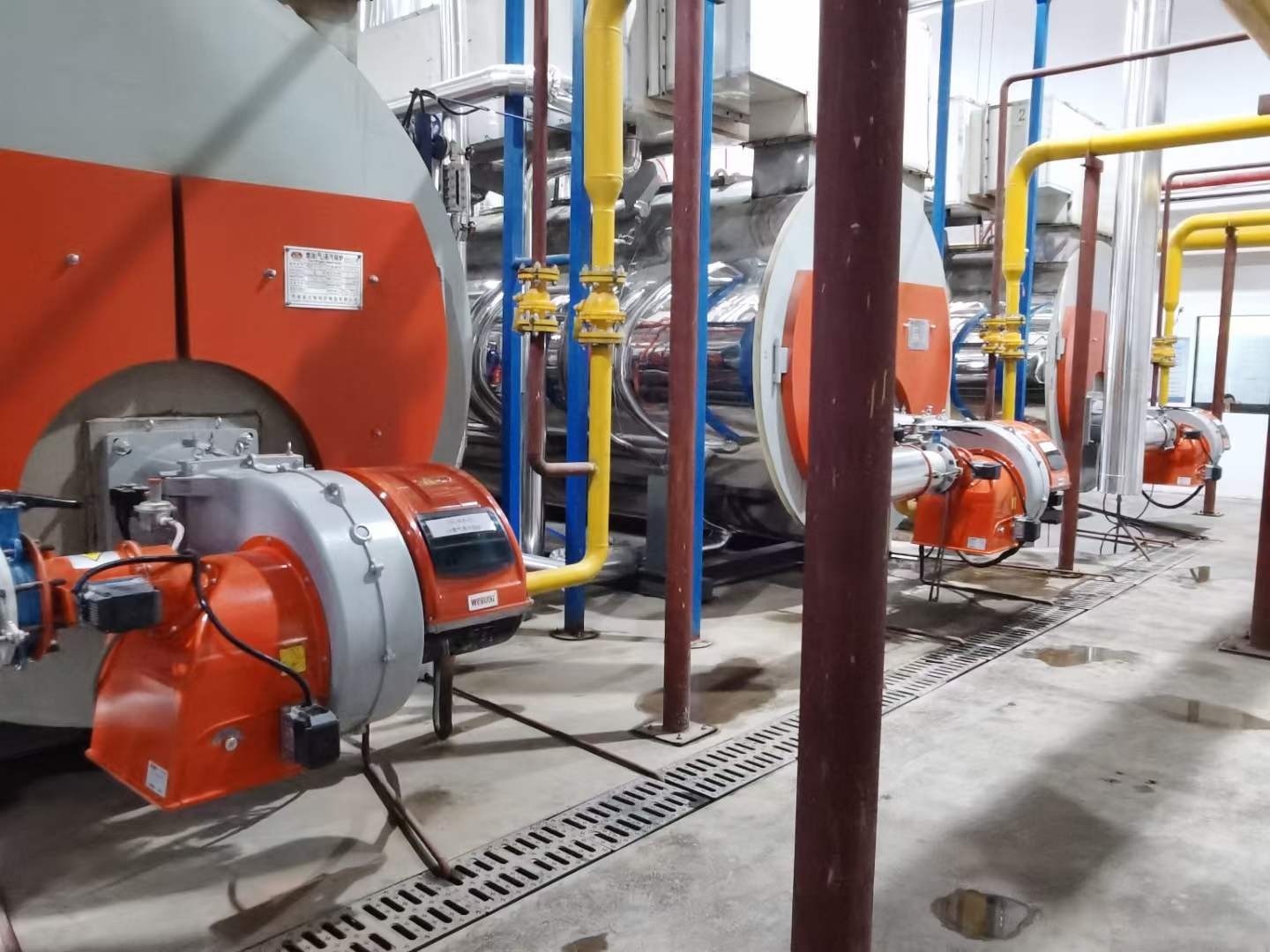Oil and gas dual-purpose burner maintenance work content and technical requirements
Oil and gas dual-purpose burner maintenance work content and technical requirements
In order to ensure that the oil-gas dual-purpose burner achieves the predetermined maintenance effect, the content and technical requirements of the maintenance work are specially formulated, and the maintenance operators are required to read it carefully and carry out the work according to the requirements.

1. Qualification requirements for maintenance personnel:
This operation must be carried out by professional technicians who have the ability to install, maintain and debug oil and gas dual-purpose burners, and they must be familiar with and abide by relevant safety regulations.
Second, maintenance work content:
1. Combustion head: Check whether the position of the combustion head is appropriate, whether there is any deformation caused by high-temperature operation, and whether the heat insulation gasket at the joint between the oil-stained furnace door and the burner is damaged.
2. Flame stabilization plate: Check whether the flame stabilization plate is deformed or burned
3. Flame detector probe: Clean the dust on the surface of the flame detector probe, and check whether the plug-in is compact and in place.
4. Ignition gun: Check whether the position of the nozzle head of the ignition gun is appropriate, and fix the nozzle head of the ignition gun at the center position with an insulator support frame, so that the distance between the four corners of the nozzle head and the outer tube is equal; check the tip of the ignition electrode and the insulating part , Whether the high-voltage cable is damaged or short-circuited;
5. Fuel nozzle: Clean the nozzle dust, coke, dirt, etc. or replace the nozzle. Do not use hard objects to clean the nozzle hole. Replace the No. 2 furnace fuel nozzle.
6. Gas spray gun: check and adjust the gas spray gun, and tighten the bolts after adjustment
7. Gas pipeline: Check and test the tightness of the gas pipeline. When the solenoid valve is open, use air or nitrogen at twice the working pressure, and use foaming substances or other materials that will not cause corrosion to paint the connection for leak detection.
Check gas lines and combustion air lines, remove dust and debris. Seals that have been removed during maintenance inspections must be cleaned when reinstalled.
During maintenance and overhaul, pay attention to the order and direction of the components of the valve group and install them correctly without loosening.
8. Fuel pipeline: Check whether the fuel pipeline is deformed or damaged; the inner wall of the fuel supply pipeline must be clean and free of dirt.
9. Fuel preheater: Check whether the fuel preheater works well, and replace the No. 2 furnace fuel preheater
10. Fan: Check and clean the dust inside the fan and on the blades.
11. Air door baffle: check whether the air door baffle rotates flexibly, and lubricate the bearing
12. Filter: check the fuel filter and gas filter, clean or replace according to the situation
13. Control cabinet and program controller: check whether the circuit breaker, contactor, relay, etc. in the control cabinet are in good condition; check whether the program controller is operating normally and has stable performance; check the maximum allowable range of the fuse; <10Q.
14. Debugging: After maintenance and overhaul, check whether the operating conditions of the burner are normal, especially the exhaust gas temperature and back pressure
If the combustion conditions change, the burner needs to be readjusted
3. Maintenance items and requirements of monitoring and protection devices
1. Flame failure alarm: when the burner cannot ignite or burn correctly
2. Leak detection failure (gas leakage) alarm: when gas leaks
3. Low gas pressure alarm: when the gas pressure is abnormally low
4. High gas pressure alarm: when the gas outlet pressure is abnormally high
5. High oil return pressure alarm: When the oil return line pressure is high:
6. Low wind pressure alarm: when the wind pressure switch does not detect the wind pressure, or when the wind pressure is weak
7. Low water level alarm in the furnace: when the water level in the furnace is lower than the lower limit
8. Low water pressure alarm: when the water pressure in the heating furnace is low
9. High water pressure alarm: when the water pressure in the heating furnace is high
10. Hinge not closed alarm: when the burner is shaken out or the burner head is loose
In the 10 situations listed above, the control system should shut down and lock the burner immediately, and trigger an audible and visual alarm. After troubleshooting, the "reset" button must be pressed to work normally.